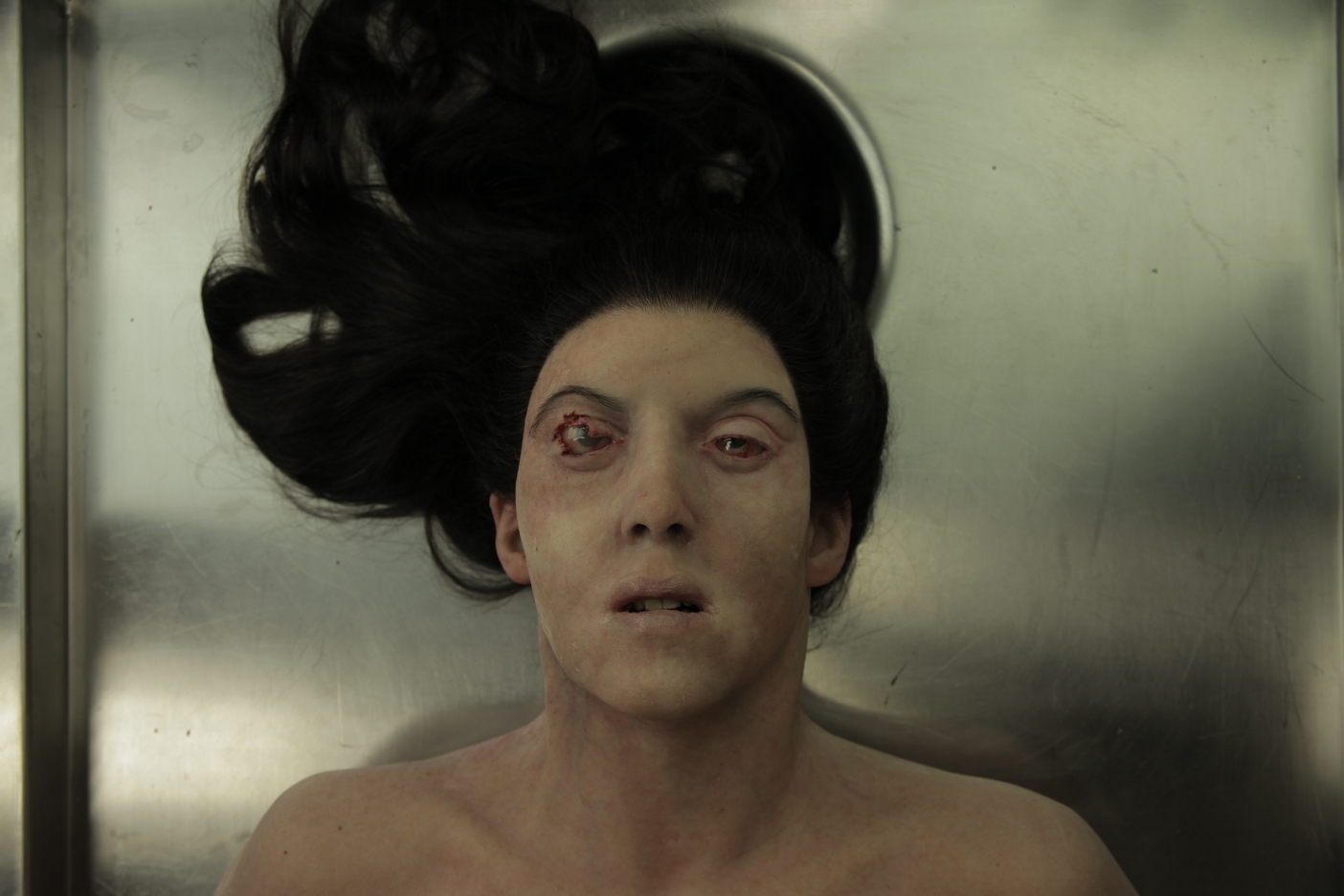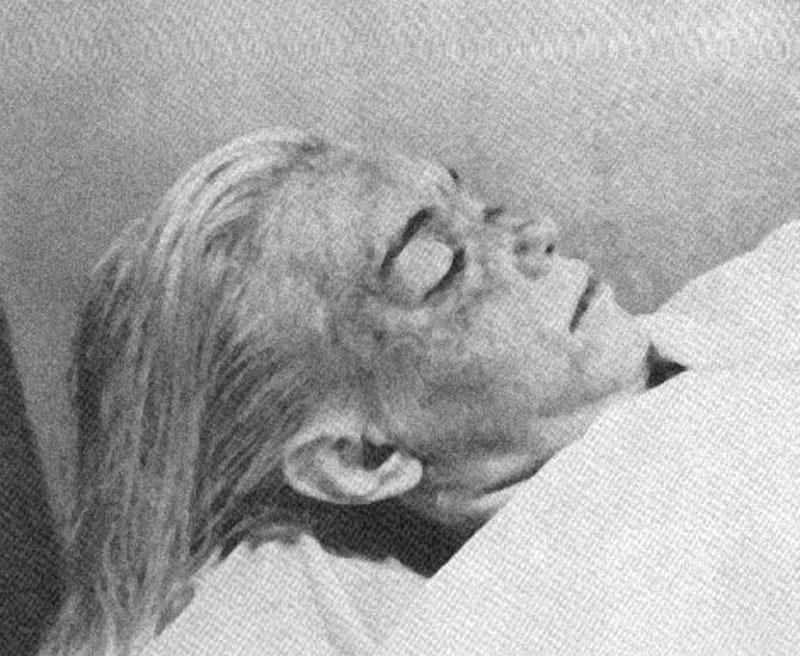Famous People Autopsy Pics: The Untold Stories Behind The Headlines
When we think about famous people, we often picture them in their prime—on red carpets, performing on stage, or delivering iconic performances on screen. But the reality is, even legends face the inevitability of life and death. And sometimes, the circumstances surrounding their passing lead to a deeper curiosity—one that brings us to the controversial topic of famous people autopsy pics. These images, while sensitive, reveal truths that can be both haunting and enlightening.
In a world where information spreads faster than ever, the demand for transparency is higher than ever. Autopsy photos of famous individuals often spark debates about privacy, ethics, and the public's right to know. But why do these images hold such a morbid fascination for us? Is it morbid curiosity, or is there more to it? Let's dive into the stories behind the headlines and uncover the truth.
From Elvis Presley to Whitney Houston, the autopsy pictures of famous people have been shrouded in mystery and intrigue. Some have been leaked, others remain hidden, but one thing is certain—they tell stories that words alone cannot convey. In this article, we'll explore the history, controversies, and ethical dilemmas surrounding famous people autopsy pics.
Read also:Douglas Weiss Age A Closer Look At The Man Behind The Legacy
Here’s a quick look at what we’ll cover:
- Biography of Key Figures
- Why Autopsy Pics Matter
- Ethical Issues Surrounding Autopsy Photos
- Famous Cases of Autopsy Pics
- The Law and Autopsy Pictures
- The Role of Media in Autopsy Pics
- Psychology Behind the Fascination
- Privacy Concerns and Autopsy Photos
- Modern Controversies in Autopsy Pics
- Conclusion: What Can We Learn?
Biography: Who Are These Famous People?
Before we dive into the specifics of autopsy pics, let's take a moment to understand the lives of some of the most famous individuals whose autopsies have sparked public interest. Below is a brief overview of a few key figures, along with their biographical details.
Elvis Presley
| Name | Elvis Aaron Presley |
|---|---|
| Birthdate | January 8, 1935 |
| Death | August 16, 1977 |
| Occupation | Singer, Actor |
| Known For | King of Rock and Roll |
Elvis Presley, the "King of Rock and Roll," left an indelible mark on the music industry. His sudden death at the age of 42 shocked the world, and rumors about his health and lifestyle swirled. While his autopsy pictures have never been officially released, the mystery surrounding his death continues to intrigue fans worldwide.
Why Do Autopsy Pics Matter?
Autopsy pictures serve a dual purpose: they provide crucial evidence in criminal investigations and offer closure to families. But when it comes to famous people, these images often transcend their intended purpose. They become symbols of a life cut short, a reminder of mortality, and sometimes, even a tool for public scrutiny.
For instance, in cases where the cause of death is unclear or controversial, autopsy pictures can provide clarity. They help investigators piece together the puzzle and determine whether foul play was involved. But the line between necessity and exploitation is often blurred, leading to heated debates about the ethics of releasing such images.
Key Reasons Autopsy Pics Matter
- Forensic Evidence: Autopsy pictures are vital in criminal investigations.
- Closure for Families: They can help families understand the circumstances of a loved one's death.
- Public Interest: In high-profile cases, they can satisfy the public's curiosity and demand for transparency.
Ethical Issues Surrounding Autopsy Photos
While autopsy pictures serve an important purpose, their release raises significant ethical concerns. The line between public interest and invasion of privacy is often crossed, sparking outrage among family members and the general public.
Read also:Columbine And Eric Harris A Deep Dive Into The Tragedy That Shook America
Take the case of Whitney Houston, whose autopsy report revealed the tragic details of her death. The media frenzy that followed was intense, with some outlets even hinting at the possibility of leaked autopsy pictures. The ethical implications of such actions cannot be ignored.
Experts argue that the release of autopsy pictures without consent violates basic human rights. Families deserve privacy during their time of grief, and exploiting their pain for sensational headlines is both unethical and exploitative.
Key Ethical Concerns
- Violation of Privacy: Autopsy pictures belong to the deceased and their families, not the public.
- Exploitation: Releasing these images for profit or attention is morally questionable.
- Emotional Impact: Such images can be distressing for family members and the public alike.
Famous Cases of Autopsy Pics
Throughout history, several high-profile cases have brought the issue of autopsy pictures to the forefront. Let's take a closer look at some of these cases and the controversies they sparked.
Elvis Presley
Elvis Presley's death was met with shock and disbelief. While his autopsy pictures have never been officially released, rumors about their existence persist. The lack of transparency surrounding his death has fueled speculation and conspiracy theories, keeping his legacy alive in the minds of fans.
Whitney Houston
Whitney Houston's tragic death in 2012 sent shockwaves through the music industry. Her autopsy report revealed that drowning, coupled with heart disease and cocaine use, was the cause of her death. The media frenzy that followed was intense, with some outlets even hinting at the possibility of leaked autopsy pictures. The ethical implications of such actions cannot be ignored.
Michael Jackson
Michael Jackson's death in 2009 was one of the most scrutinized in recent history. His autopsy revealed that propofol intoxication was the cause of death, leading to a high-profile trial. While his autopsy pictures were not officially released, the media coverage surrounding his death was relentless, raising questions about the ethics of public curiosity.
The Law and Autopsy Pictures
The legal framework surrounding autopsy pictures varies from country to country. In the United States, for example, autopsy reports are considered public records, but the release of pictures is subject to strict regulations. The law aims to balance the public's right to know with the deceased's right to privacy.
However, loopholes exist, and unauthorized leaks are not uncommon. In such cases, legal action can be taken against those responsible for the leak. But the damage is often done, and the images can spread rapidly through social media and other platforms.
Key Legal Points
- Public Records: Autopsy reports are generally public, but pictures are not.
- Unauthorized Release: Leaking autopsy pictures without consent can lead to legal consequences.
- Social Media: The rapid spread of information on social media complicates enforcement of laws.
The Role of Media in Autopsy Pics
The media plays a crucial role in shaping public perception of autopsy pictures. Sensational headlines and graphic images can fuel public curiosity, but they can also exploit the deceased and their families. Responsible journalism requires a balance between informing the public and respecting privacy.
Some media outlets have been criticized for their handling of autopsy pictures. In the case of Prince, for example, some outlets speculated about the possibility of leaked images, even though none were officially released. Such speculation can be harmful, as it perpetuates rumors and misinformation.
Best Practices for Media
- Respect Privacy: Avoid publishing or speculating about autopsy pictures without consent.
- Focus on Facts: Provide accurate information without resorting to sensationalism.
- Consider Impact: Think about the emotional impact of your reporting on families and the public.
Psychology Behind the Fascination
Why are we so fascinated by autopsy pictures of famous people? The answer lies in human psychology. Death is a universal experience, and the autopsy pictures of celebrities serve as a reminder of our own mortality. They also satisfy our curiosity about the lives of those we admire, offering a glimpse into the final moments of their existence.
Studies have shown that people are drawn to images that evoke strong emotions, whether positive or negative. Autopsy pictures, with their inherent shock value, tap into this psychological response, making them both compelling and controversial.
Key Psychological Factors
- Mortality Awareness: Autopsy pictures remind us of our own mortality.
- Curiosity: They satisfy our desire to know more about the lives of celebrities.
- Emotional Response: Such images evoke strong emotions, making them memorable.
Privacy Concerns and Autopsy Photos
Privacy is a fundamental human right, and the release of autopsy pictures without consent is a clear violation of that right. Families deserve the space to grieve without the added burden of public scrutiny. The emotional toll of such exposure can be devastating, and the damage is often irreversible.
Legal protections are in place to safeguard privacy, but enforcement can be challenging. Social media platforms, in particular, make it easier for unauthorized images to spread, complicating efforts to control their distribution.
How to Protect Privacy
- Enforce Laws: Strict enforcement of privacy laws is essential.
- Educate the Public: Raising awareness about the impact of unauthorized image sharing can help.
- Hold Platforms Accountable: Social media platforms must take responsibility for the content they host.
Modern Controversies in Autopsy Pics
In today's digital age, the controversy surrounding autopsy pictures has only intensified. The rise of social media and the 24-hour news cycle have made it easier for images to spread, often without proper context or consent. High-profile cases continue to spark debates about the ethics of public curiosity and the need for privacy.
Take, for example, the case of Amy Winehouse. Her autopsy report revealed that alcohol poisoning was the cause of her death, but the media frenzy that followed was intense. The ethical implications of such actions cannot be ignored, as they highlight the need for responsible reporting and respect for privacy.
Conclusion: What Can We Learn?
Autopsy pictures of famous people are a double-edged sword. They provide crucial evidence in investigations and offer closure to families, but they also raise significant ethical and privacy concerns. The balance between public interest and personal privacy is delicate, and it requires careful consideration from all parties involved.
As we move forward, it's essential to approach this topic with sensitivity and respect. Responsible journalism, strict enforcement of privacy laws, and public awareness can help mitigate the negative impact of unauthorized image sharing. Let's remember that behind every picture is a person, and their dignity deserves to be preserved.
What are your thoughts on this topic? Leave a comment below, share this article with your friends, or explore other articles on our site. Together, we can foster a more respectful and informed conversation about the complexities of famous people autopsy pics.


